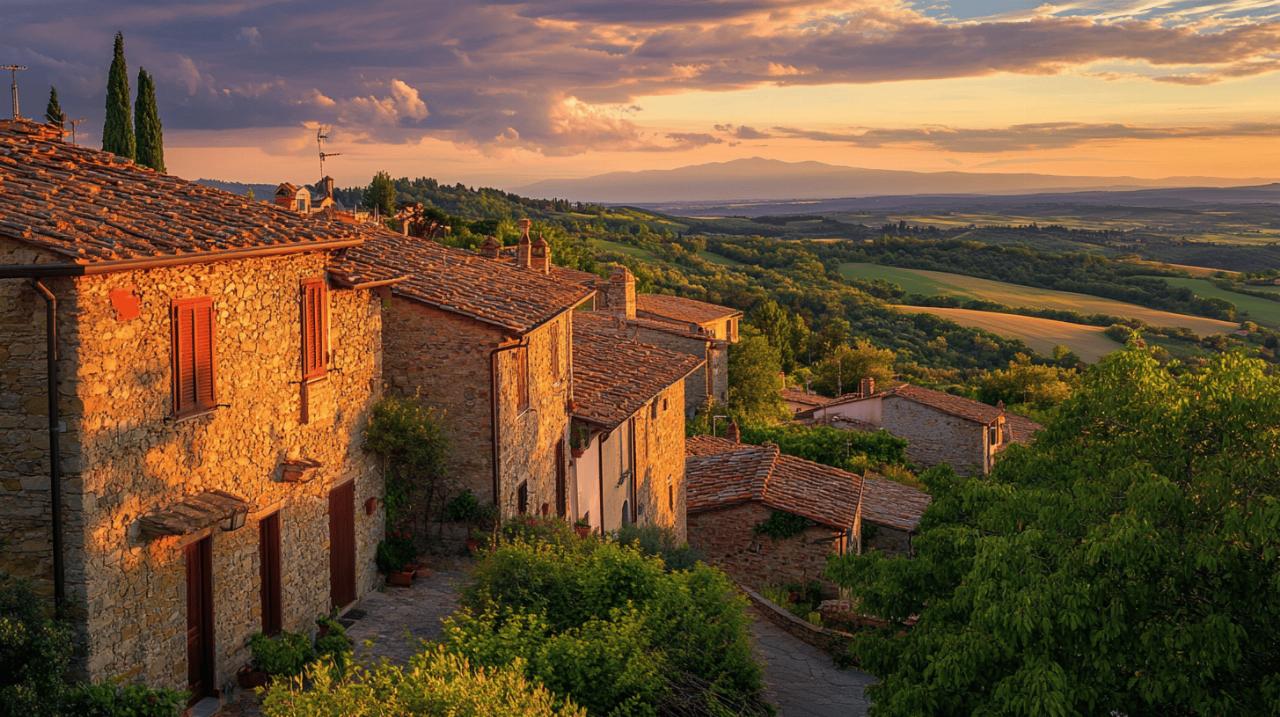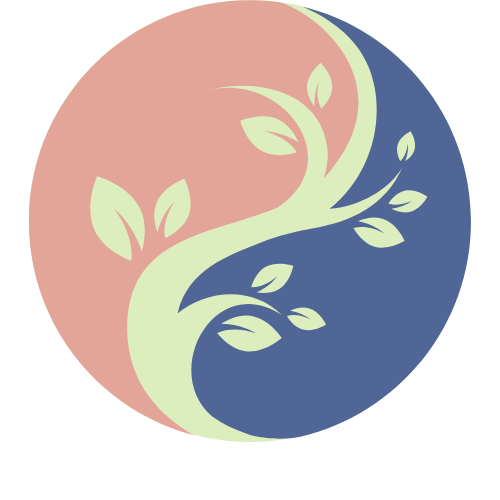The allure of italian 1 euro house schemes
Italy’s 1 euro house scheme has captured the imagination of property seekers worldwide. This innovative initiative offers abandoned homes in picturesque Italian towns for the symbolic price of just one euro. The concept sounds almost too good to be true—a charming Italian property for less than the price of a coffee. However, behind this attractive proposition lies a more complex reality with specific requirements and commitments. Those interested in exploring authentic Italian village life while undertaking a renovation project can find more information about these unique opportunities at https://www.domusagency.it/, which provides comprehensive resources for property seekers.
Origins and Goals of the Initiative
The 1 euro house scheme emerged as a creative solution to address Italy’s growing problem of rural depopulation. The initiative first gained traction in 2008 when Salemi, a small town in Sicily, pioneered the concept. Though many sources attribute the programme’s origins to 2017, historical records confirm that Salemi’s mayor initiated the first scheme in 2008. The primary aim was straightforward: revitalise dying communities by attracting new residents and investors to abandoned properties. Many Italian villages, particularly in southern regions, have experienced significant population decline as younger generations move to urban centres for better employment opportunities. This exodus has left behind a wealth of vacant, often historic homes that gradually deteriorate without proper maintenance.
The programme serves multiple purposes beyond simply filling empty houses. It aims to preserve Italy’s architectural heritage, boost local economies, expand the tax base, and breathe new life into communities that risk disappearing entirely. For the towns involved, the scheme represents hope for cultural preservation and economic renewal. In successful cases like Montieri, approximately 70 houses have been sold through the initiative, resulting in 30 new businesses that have transformed the local economy.
Regions Participating in the Programme
The 1 euro house initiative has spread throughout Italy, with particular concentration in the southern regions. Sicily stands out as a prominent participant, with towns like Caltagirone, Cattolica Eraclea, and Mussomeli actively offering properties. Mussomeli alone has sold over 125 houses, generating an estimated €7 million for the local economy. Sardinia has also embraced the concept, with Bonnanaro, Nulvi in Sassari province, and Ollolai in Nuoro province participating in the scheme. Ollolai, which launched its programme in 2018, has gained significant international attention, particularly from Americans after the 2024 election.
Other regions implementing similar initiatives include Molise, where Sant’Elia a Pianisi offers 1 euro properties, Calabria, which focuses on villages with fewer than 2,000 inhabitants, and even parts of Tuscany. Each town manages its own programme independently, as there is no centralised platform for these offerings. This decentralised approach means that interested buyers must research specific towns and contact local councils directly to participate. The diversity of regions involved offers potential buyers varied landscapes, from coastal Mediterranean settings to mountainous inland villages, each with its own distinct cultural heritage and architectural style.
Understanding the Requirements and Commitments
While the nominal price of €1 makes these properties immediately attractive, prospective buyers must understand the substantial commitments involved. The houses are typically sold in a state of disrepair, sometimes little more than stone shells requiring complete renovation. Buyers are not simply purchasing a property; they are entering into a contract with the local municipality that includes significant obligations and financial responsibilities beyond the symbolic purchase price.
Refurbishment obligations and timeframes
The cornerstone of the 1 euro house scheme is the mandatory renovation requirement. Buyers must commit to restoring their property within a specified timeframe, typically ranging from one to three years after acquisition. The process begins with submitting a detailed renovation plan to the local authorities as part of the application. In Sardinian towns like Nulvi and Ollolai, renovations must commence within two months of obtaining the necessary permits and be completed within a year—a relatively tight schedule for international buyers unfamiliar with Italian construction practices.
The financial investment required for renovations far exceeds the initial purchase price. Depending on the property’s condition and size, renovation costs typically range from €20,000 to €50,000, though more extensive projects can exceed this range. One successful buyer, Rubia Daniels, purchased three houses in Mussomeli, Sicily, and invested approximately €50,000 to renovate just one of them. To ensure commitment to these renovations, municipalities require a security deposit ranging from €1,000 to €5,000, which is returned upon successful completion of the work. Failure to complete renovations within the stipulated timeframe can result in forfeiture of both the deposit and the property.
Legal considerations and hidden costs
Beyond renovation expenses, prospective buyers must navigate various legal requirements and additional costs. Foreign buyers need to obtain an Italian tax identification number (codice fiscale) before they can purchase property. This process, while straightforward, represents the first of many bureaucratic steps involved in the transaction. Additional expenses include property transfer taxes, notary fees, and administrative costs that can add several thousand euros to the total investment.
Obtaining building permits presents another layer of complexity, particularly for properties in historic areas where stricter regulations apply. Delays in the permitting process are common and can significantly impact renovation timelines. Finding reliable local contractors familiar with traditional building techniques represents another challenge, especially for foreign buyers without local connections. The remote location of many participating towns means limited services and potential logistical difficulties during the renovation process.
Despite these challenges, tax incentives can help offset some costs. Italy has offered tax bonuses for renovation projects, including a 110% tax credit for eco-friendly upgrades, though these benefits have been gradually reduced. When all expenses are tallied, the total investment—approximately €35,000 including fees and renovation costs—may still represent good value compared to property prices in many other countries. For those willing to embrace the challenges of restoration and rural living, these properties offer an affordable entry into the Italian property market and a unique opportunity to become part of a historic community’s revival.

